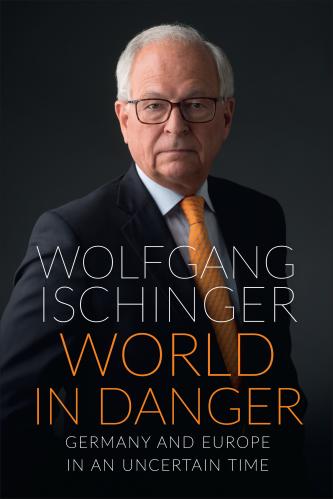The skills training portion of last month’s Global Cities Initiative study tour of Germany felt a bit like a pilgrimage. The reality of the extraordinary German apprenticeship system on display at firms large and small was so far ahead of U.S. practice that the delegation of American visitors seemed a bit cowed. We have a lot of work to do!
A look at the German innovation system on the trip’s final day, however, was different. Focused by a visit to the mid-sized industrial software house ESG in Munich, the encounter played out as a balanced weighing of two successful, but imperfect, national systems with each having much to learn from the other.
It was easy to admire the purposeful German approach described by a series of executives and public officials.
Many of us were impressed by the rigor of ESG’s internal “road-mapping” of the direction of the global systems software business and its self-funded research programs, which allow employees to apply for three-week mini sojourns to try out new ideas in preparation for more substantial investigations. But even more impressive to the American eye was the multi-dimensional set of supportive institutions and activities that surround the company. Jurgen Niehaus, the CEO of the German “competence cluster” SafeTrans, noted how the industry association supports R&D activities in ESG’s embedded systems industry through a variety of workshops, exchanges, and outlook exercises. Florian Holzapfel, the chairman of the Department at Flight Dynamics at the Technical University of Munich, described a university heavily oriented toward applied technical work on avionics and the dynamics of aerial platforms. And for his part, Manfred Wolter of the technology ministry within the state of Bavaria, detailed a carefully structured suite of sub-national programs aimed at strengthening the regional research infrastructure, providing R&D funding, and encouraging tech transfer, especially to small and medium-sized businesses.
Taking it all in, the American delegation could only admire the deliberateness of a fully worked-out system aimed at surrounding firms with everything they might need to innovate.
And yet, we Americans were also impressed by something more surprising: the Germans’ self-reflection about the possible shortcomings of their system, which prompted a frank dialogue about the strengths and weaknesses of two contrasting, but highly successful, innovation systems.
While we Americans were struck by the strong embrace of regional collaboration and the sophistication of government’s engagement in technology development on display in Bavaria, the Germans wanted to talk about what drives American-style dynamism. Several university-based former ESG employees applauded American entrepreneurship and worried about the inertia of the highly procedural German system. Others perceived a weakness in Germany on the production of “radical new ideas” and worried about a lack of attention to start-ups and small companies.
At a time when the California-based Tesla Motors is constantly discussed world-wide, several of our hosts seemed troubled that the world’s coolest car company no longer hails from their country, as the American technologist Andrew McAfee recently put it.
All of which made for a thought-provoking study trip. On the flight back, more than a few of us were thinking about how to expand and supplement America’s more anarchic innovation system with nimble elements of Germany’s more intentional one. What, in short, would happen if the virtues of Silicon Valley and Munich were fused?










Commentary
Talking Innovation in Munich: An Exchange
December 2, 2014